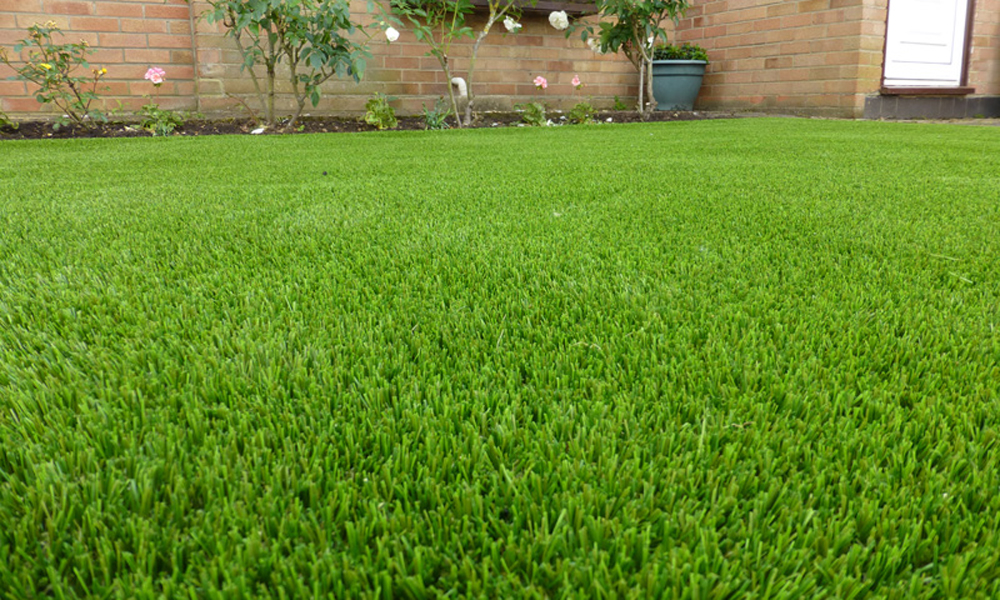- Choose the right turf: Before beginning your artificial grass installation, it is essential to choose the right turf for your purpose. Consider the climate and weather conditions in your area, the amount of traffic the lawn will face, and the amount of maintenance that you are willing to do.
- Prepare the ground: Start by leveling the area and removing any existing vegetation. Use a rototiller to break up the soil, and then rake it flat. Apply a layer of weed barrier fabric and use a shovel to create drainage channels.
- Install the turf: Lay the turf in strips and use a heavy roller to flatten it. Make sure that you cut the turf around any trees or structures. Use seaming tape and glue to secure the seams.
- Install infill: Infill is necessary to keep the artificial grass in place and provide cushioning. Spread infill on the turf evenly and use a power broom to work it into the turf.
- Finish the edges: Use an edging tool to create a clean finish around the edges of the turf. You can also use stones or other materials to create a decorative border.
Benefits of Artificial Grass
- Lower Maintenance: Artificial grass requires significantly less maintenance than real grass. It never needs to be mowed and requires no fertilizers, pesticides, or herbicides to keep it green and healthy.
- Cost Savings: Aside from the initial installation costs, artificial grass can save homeowners money in the long run. There are no water bills or lawn care expenses and no need to buy lawnmowers or other equipment.
- Weather Resistant: Artificial grass is designed to withstand all types of weather conditions, including extreme heat, heavy rain, and cold temperatures. It won’t suffer from droughts or be damaged by heavy foot traffic.
- Pet Friendly: Artificial grass is a great choice for pet owners. It is much easier to clean up pet waste on artificial grass than real grass, and it won’t be damaged by pet urine or other messes.
- Durable: Artificial grass is much more durable than real grass, and it can last up to 25 years with proper care. 6. Versatile: Artificial grass can be used in a variety of applications, from landscaping to sports fields.
Cost and Installation of Artificial Grass
The cost of artificial grass can range from $2 to $20 per square foot, depending on the quality and type of grass. Installation costs can range from $0.50 to $2 per square foot. In general, installation costs are higher for larger areas, as installation requires more labor. Installation of artificial grass can also depend on the type of surface it is being installed on, as well as any additional drainage or irrigation that may be needed.
The cost of artificial grass can range from $2-$20 per square foot, depending on the type and quality of the grass. The cost of installation will vary depending on the size of the area and the complexity of the job, but it generally costs between $4-$10 per square foot. The total cost of artificial grass can range from $6-$30 per square foot, depending on the quality, size, and complexity of the job.


